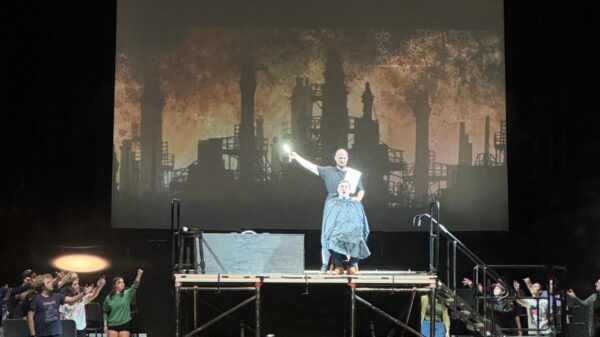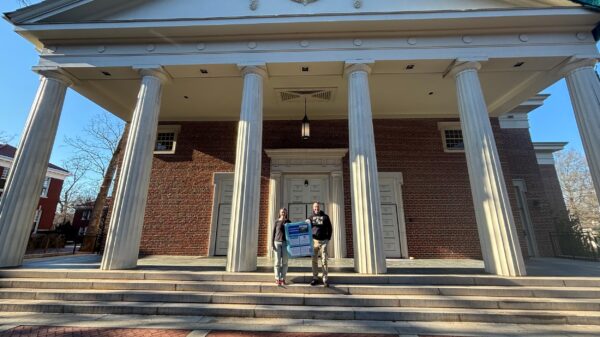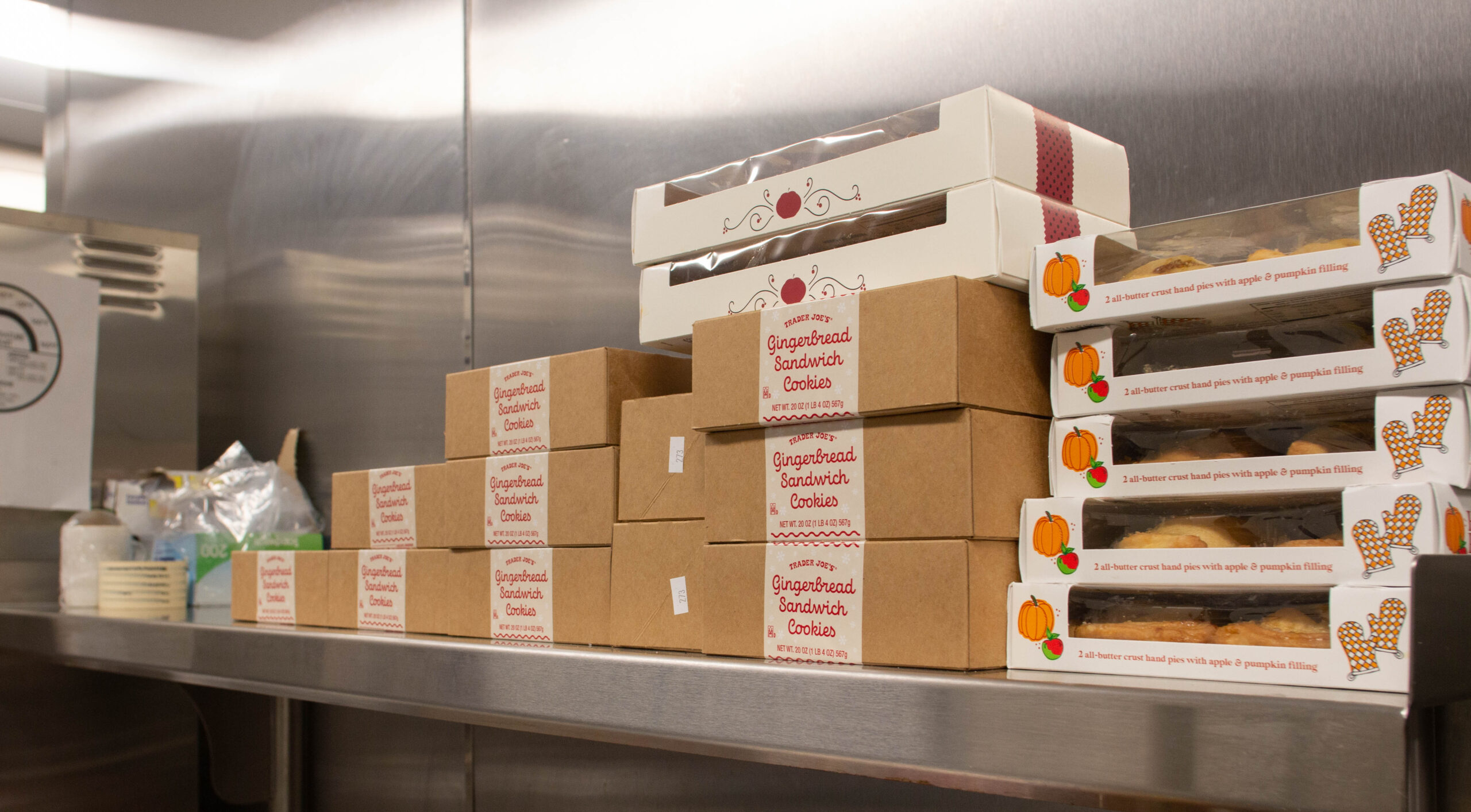The executive chef and the CEO of Crittenton have an interesting problem. They need to feed 40 to 45 people every day — women in challenging situations who lack support, and the staff members who help them. They don’t have a lot of resources.
If you are Tawaan Ward or Diane Thompson, your networking skills help you find food. It turns out that for Crittenton, Trader Joe’s is one of its most reliable resources. Other Charlotte-area supermarkets providing food donations to nonprofits include Food Lion, Harris-Teeter and Publix. But the logistics of food donations require more planning than people realize.
A national organization established 127 years ago, Crittenton provides health, educational, and social support for single women, adolescent girls, and their families. The Charlotte branch started in 1903 and now offers five programs: maternity, aftercare parenting education, a residential mother-child program for young mothers ages 14 to 21, independent living for adolescent females ages 16 to 21, and vocational education.
A little over 30 women live at the facility. Just after Thanksgiving, Ward and Thompson spoke with student reporters Simone Feast and Hannah Tracy about how they feed everybody.

Queens University New Service photo by Hannah Tracy
When did you start working with Crittenton and why?
Diane Thompson, chief executive officer
I have been there for a little over 40 years. As a social worker, I really wanted to help people and get involved with the community.
Crittenton is a residential program where we house girls and women and their children who have found themselves in situations where they don’t have a lot of support. Many of them are homeless, most of them are victims of trauma, some have mental health issues, and just a variety of different things that they experience. And our food service program is there to provide food for them. They all live there. We serve three meals a day and two snacks. And we have a really strong focus on improving nutrition and serving them healthy food and serving a lot of fruit and vegetables that are fresh, and reducing sugar.
Why is the menu important?
Diane Thompson
Lots of group service programs serve meals. We are probably one of the front runners in terms of focusing on making those meals healthy. Lots of times it’s focused on cost. And it’s not always the least expensive to serve healthy food. So we have made a commitment internally that we want to make our program healthy.
What challenges do you face when partnering with food providers such as grocery stores or restaurants?
Diane Thompson
The first challenge is forming a partnership. And that has a lot to do with just your networking and getting out in the community and making people aware of what your needs are, what the program’s about. It started off with a relationship that I had with someone married to a manager at Trader Joe’s. The challenge is figuring out what those opportunities are to begin with. There are also some internal challenges. One of them is time. You have to have the time to be able to send somebody to go get the fresh fruit and vegetables. And that takes them out of our kitchens where they might be cooking or supporting other staff. So you have to create a schedule that allows you to take advantage of the donation. And I think it’s a challenge knowing that you show up there, and there’s all this free food, and you have to figure out what you can use.
What else is tricky about food donations?
Diane Thompson
Sometimes you might get word that a restaurant, for example, has food, and they’re willing to donate it, but it’s really last minute. They don’t know that they have extra until you may have already cooked a meal for that time period. And you maybe don’t have extra staff. For the most part, nonprofits run on a very tight shoestring in terms of budgets. And so we don’t always have a lot of extra staff to be able to go at a moment’s notice and pick up something that might be free, and that might save us money. We just don’t have the staff to be able to do that without planning.
What does a typical workday look like?
Tawaan Ward, executive chef
I usually start my day around 6 o’clock in the morning. I go in, turn on all my appliances, make sure everything gets hot. Look and see what I have in the refrigerator from previous days. We do have a menu that’s incorporated. But to save money, I use some stuff that we get from other venues like Trader Joe’s, or just different places, and leftovers are incorporated into the menu. I prepare the food and get ready to serve the food around 8 o’clock. Then call for breakfast, and the clients come down and we serve.

Queens University News Service photo by Hannah Tracy
Why has Trader Joe’s been successful for you?
Tawaan Ward
I usually go there on Mondays and Tuesdays. They have a cart that comes out and is full with proteins, produce and meat. I see what I need and I take it.
What is your budget?
Tawaan Ward
My monthly budget from Sysco (a wholesale food distributor) is $4,000, and that’s in food. Paper goods are around $400. I would break it up [budget], according to the weeks. We can also go to Trader Joe’s and get food which saves us a lot because produce right now is extremely high.
How did the pandemic affect your food program?
Diane Thompson
During COVID, all the restaurants had trouble hiring staff. So they just kept raising the amount that they were willing to pay on an hourly basis. When that happens in the community, that becomes competition for a place like ours. They have a lot more money to play with. It’s been a challenge to hire staff and to keep staff.
You said networking is important. Why is that?
Diane Thompson
There’s always an opportunity for educating people. You might have a friend who might want to volunteer, and that person knows somebody who does something else. And it’s just all about relationships.
This interview was edited for length and clarity.

Simone Feast
Managing Director
Hannah Jane Tracy
Reporter
Queens University News Service




































